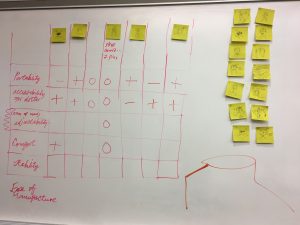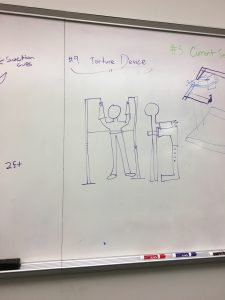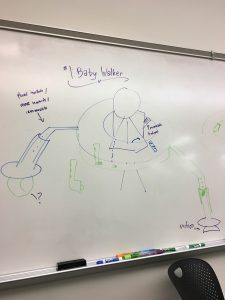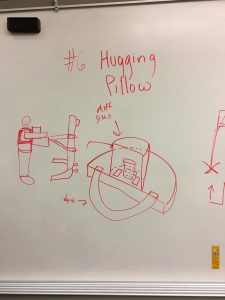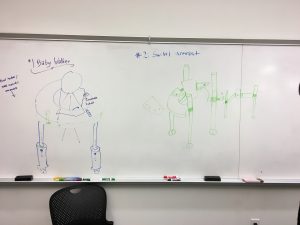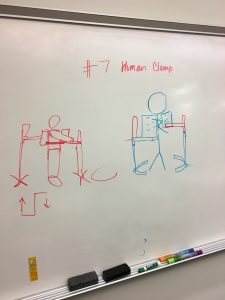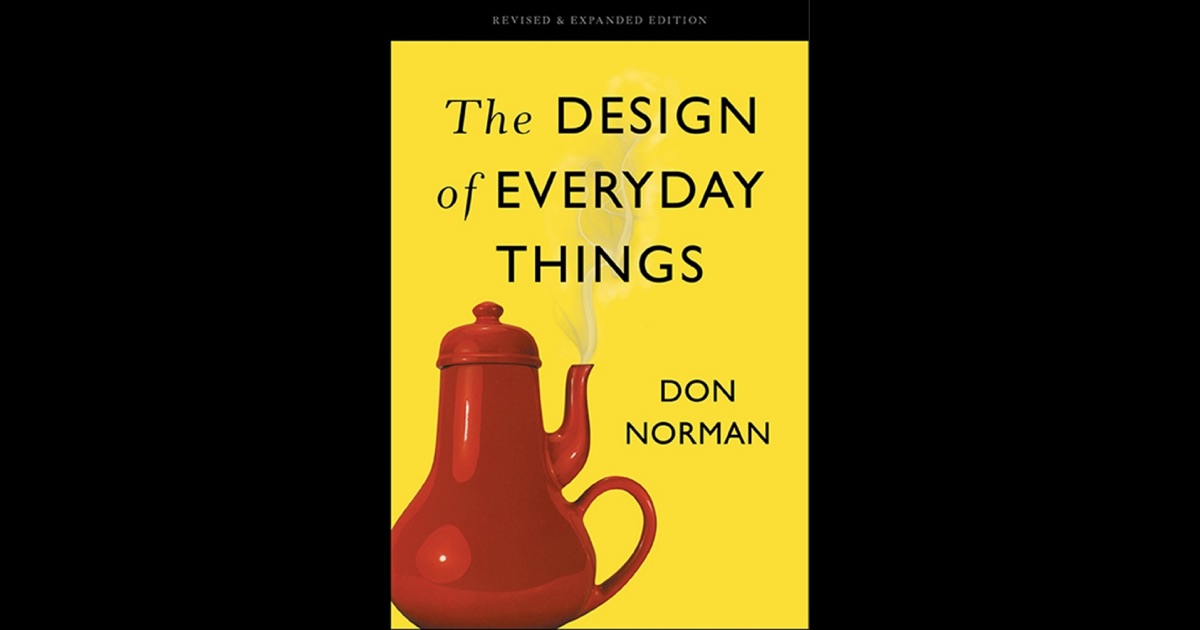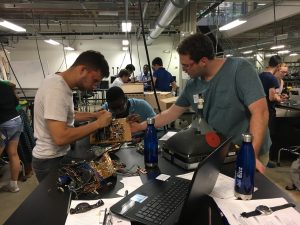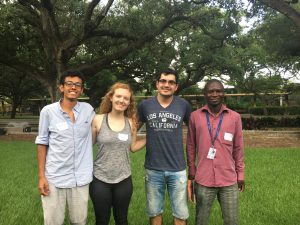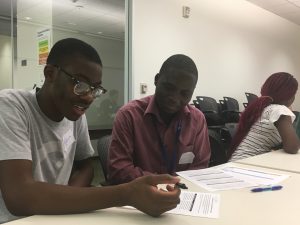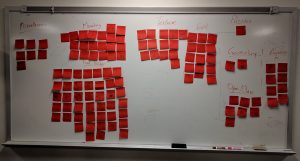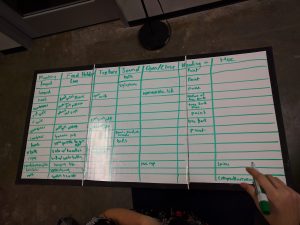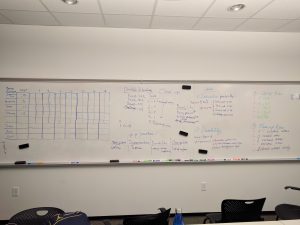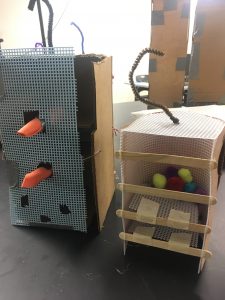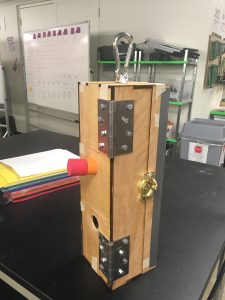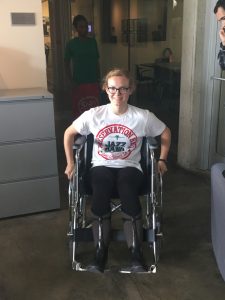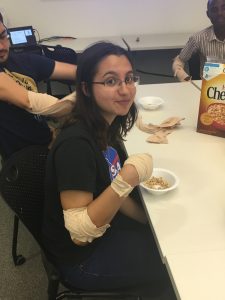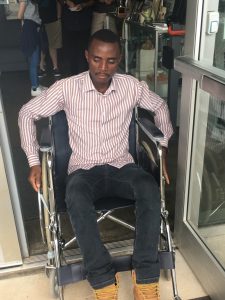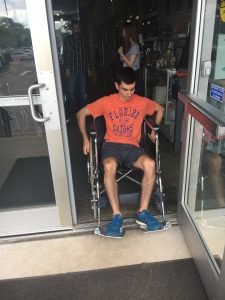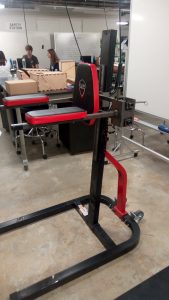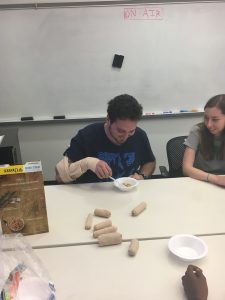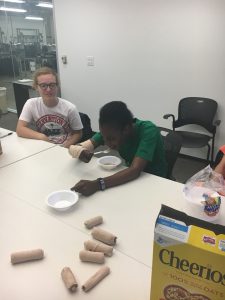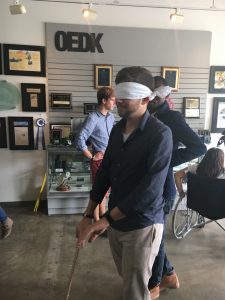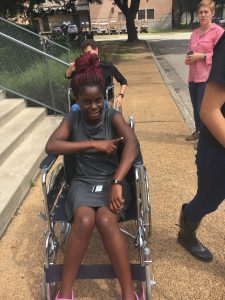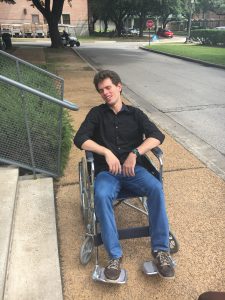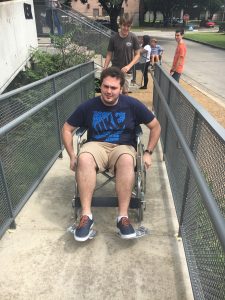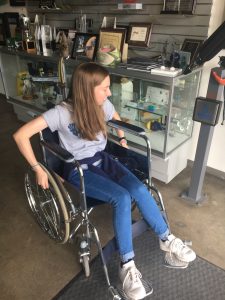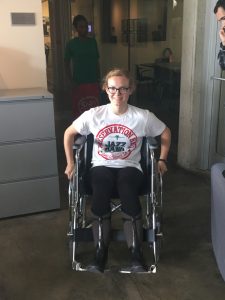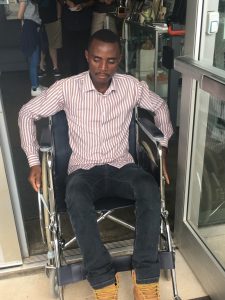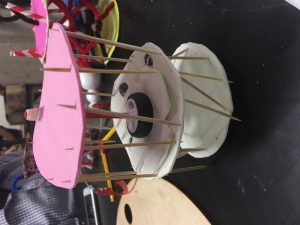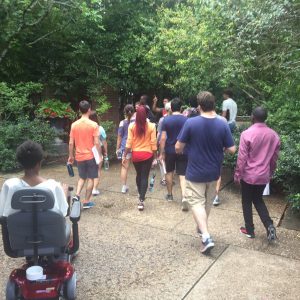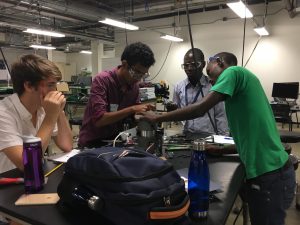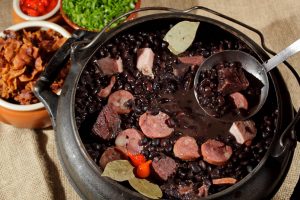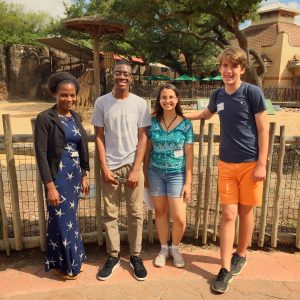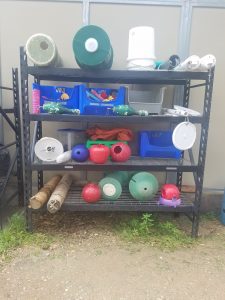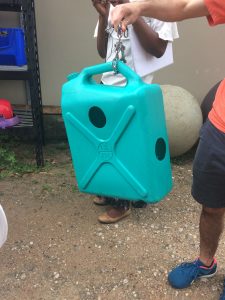Where w left off
Before i talk about what this week has been about, it is probably better if i first talk about where we stopped last week Friday. Last week ended with us(team gotta cast them all) talking to our client. The goal was to have a better understanding of the problem we are solving. The interview went really well and we learnt a lot of things about the casting process. There even came a possibility that we might go and watch Mr Andre(client) as he casts someone so that we even get a deeper insight of the process and therefore make even more informed decisions about the design we are to make.
Week 3: Where we picked up
The first thing we did this week was to go over the notes from the interview and try to make sense of it all. From the notes, we were able to clarify the design criteria which the previous team used in coming up with their prototype. Having done that, the next step was to start brainstorming. so we had a 30 min brainstorming session in which we came up with as many solutions as we could. Then after the brainstorming, we used common sense to eliminate some solutions which were either far fetched or impractical considering our skill set. The using a morph chart, we combined the different ideas which were design block specific and combined them into complete solutions.
Now this is where things got interesting. because after combining the ideas using the morph chart, the next step was to screen the ideas eliminating some so as to have a reduced number from which the optimum solution can be scored from. The screening was ok, but the funny thing was that most of our solutions were similar and we had so much trouble scoring them. we struggled for a while trying to remove the blur that complicated the scoring process but to no avail. so we solicited help from Dr Wettergreen who pointed out that we were design fixated. All the designs we had at this moment had the same shape and build as the current prototype from the previous team with modifications. So Dr Wettergreen told us to do another brainstorming session, this time focusing on “wild” solutions. So we started another brainstorming session that took almost 1 hour this time we really had variety in the solutions. The funniest idea that came up during the brainstorming session was a “Hugging pillow” which we were all sceptical about the first time it was proposed but in the end, it turned out to be a good idea.
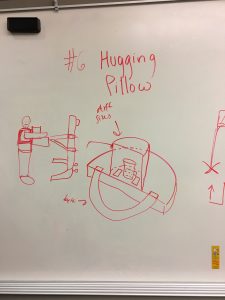
After this brainstorming session, we then came up with a list of 9 complete solutions which we had to score. That’s what we have been working on the entire day today. And we haven’t yet finished it because some of the terms used in our design criteria are more subjective than objective so to come up with numerical values that describe them is tough e.g. comfortability. Using a user defined scale was a good option but unfortunately that required us having to interview some people and that was not possible. So we have been trying to figure out how we can measure such kind of criteria so as to tell which solution is better in that regard but we never finished it because of the growing complexity. So after consultation with Jeremy(out Teaching Assistant) and Dr Wettergreen, we were advised to do some experiments using the people in the OEDK as our participants starting with us so that we can build over the user defined scale. so we did the experiments and now we have a better understanding of the “hard to objectively” describe criteria. During the course of the experiment, it became clear that we needed the opinion of a profession in the casting process over some of the things we noticed so Dr Wettergreen suggested we take descriptive photos of the different situations and send them to Mr Andre for his opinion which we will do and then wait on his reply.
This week has clearly shown me how hard it is to come up with the right solution to a particular solution. It is certainly not as simple as x+y where you have a definite answer. It is rather iterative as it is usually stressed in the OEDK and needs a lot of attention to detail.
THIS WEEK IN PICS
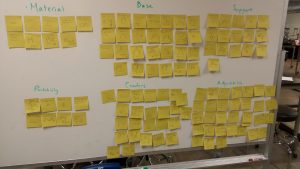
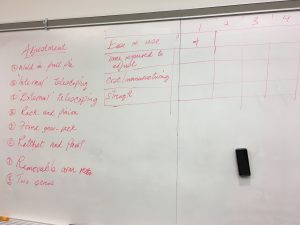

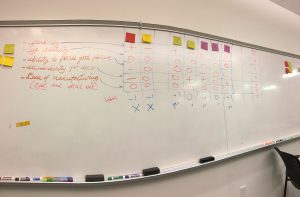

some of full solution ideas
